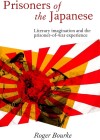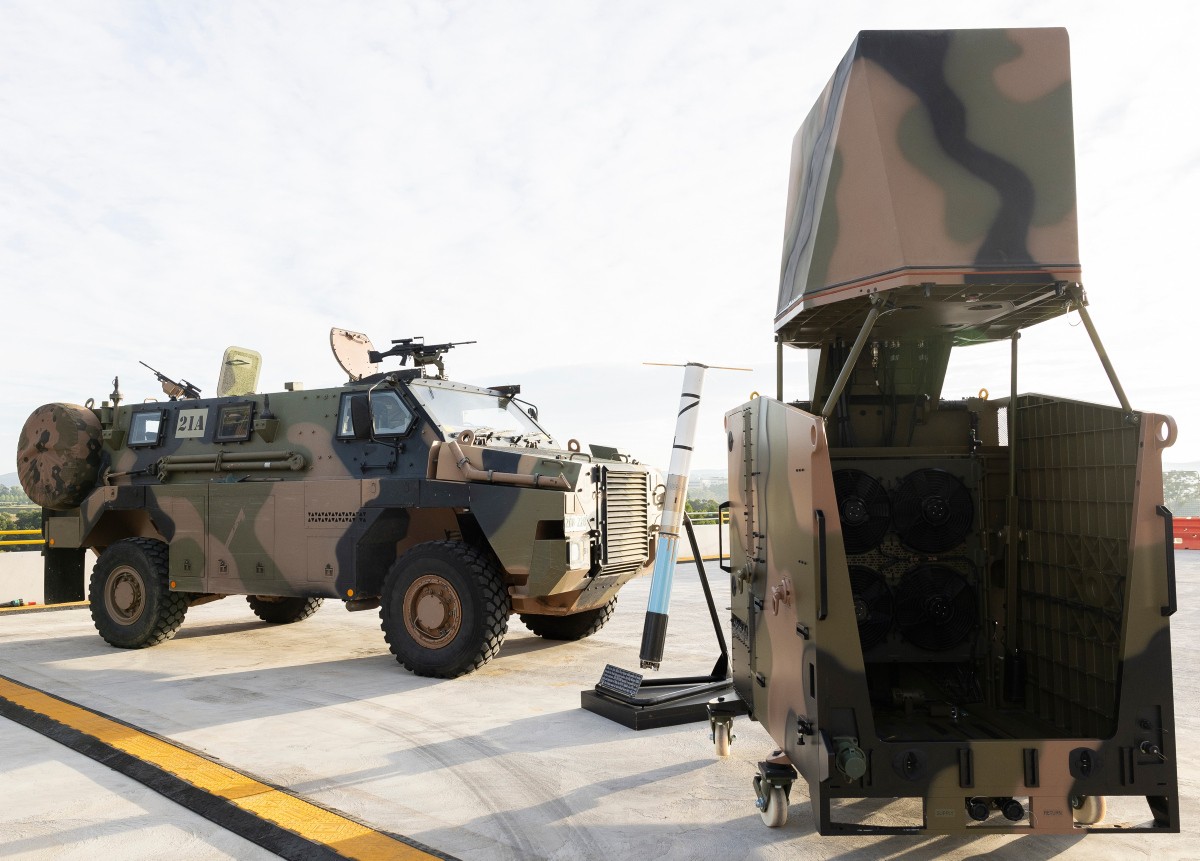Book Review - Prisoners of the Japanese – Literary Imagination and the Prisoner of War Experience
Prisoners of the Japanese - Literary Imagination and the Prisoner of War Experience
Written by: Roger Bourke,
University of Queensland Publishing, Brisbane, 2006,
ISBN: 9780702235641, 165 pp.
Reviewed by: Captain Kate Tollenaar
In Australian popular consciousness, the POW experience under the Japanese in the Second World War has always been significant, and importantly, this understanding has largely been gained from representation in narratives and film over the last sixty years. Roger Bourke’s Prisoners of the Japanese is an interesting and unique analysis of how the prisoner of war (POW) experience is understood by the wider community. Bourke examines to what extent these narratives have contributed to our understanding of that experience, and his central argument addresses a statement made in 1959 by Ian Watt, English literary critic and former POW, that ‘the actual life of a prisoner of war is probably the last subject in the world for fiction’.
Bourke’s premise is that the majority of books and films that depict the POW experience are based on a mythologised concept of the prisoner, and that from these sources a set of common myths emerge that have directly influenced the popular consciousness. Bourke states that these myths are an important literary device by which the author can try to translate the POW experience. Further, he believes that these myths have also been important for those who seek to assign meaning to their captivity and allow them to contextualise their experience.
The first of these myths is of the prisoner as a Christ-figure, and that the experience of imprisonment and release is akin to a ‘death’ and ‘resurrection’. Bourke quotes Nevil Shute’s A Town Like Alice (1952) as a primary example, and argues that, despite the prison camps being represented as ‘worlds where myth is of no avail and traditional significance has long ago been given up for lost’, a considerable number of prisoner fictions do align with the soldier as a Christ-figure. This is where many of the religious analogies end, however, and Bourke quotes numerous examples in novels of literal rejections of religious symbology, where prisoners are described using pages of the Bible as cigarette paper. As Bourke explains, this particular evocative image supports the historian Paul Fussell’s claim that POW literature in the Second World War is characterised by a ‘laconic refusal to reach out for any myth’. However, with this exception, Bourke’s study challenges Fussell’s statement throughout.
Bourke argues that the second myth concerns the David Lean film Bridge Over The River Kwai (1957). Bourke upholds the widespread criticism of the film, based on the novel by Pierre Boulle, which criticises Boulle’s lack of first-hand experience (Boulle was a prisoner of the French rather than the Japanese) and a perceived lack of historical accuracy. Bourke argues that the novel has ‘given so many people such a false picture of POW life’ by creating a largely ‘imagined’ work and notes the ‘sad historical irony that the most popular account of POW experience is the least authentic.’ However, what has been neglected in much of the criticism of Bridge Over The River Kwai is that the novel includes a myriad of personal prisoner experiences, including the writer’s own, and has characters based on British servicemen who served on the Burma-Thai Railway. Boulle’s intention in writing his novel was to ‘illustrate the ‘absurdity of war”, and a more relevant question is whether Bridge Over The River Kwai successfully conveys an ‘emotional’ truth of war rather than a stridently ‘historical’ truth, and if the text works dramatically rather than historically.
The third myth is the soldier as a ‘Robinson Crusoe’ figure and Bourke’s fourth chapter discusses the lesser known text King Rat (1962) by James Clavell. King Rat conveys the concept of the prisoner as an entrepreneur and an embodiment of the Darwinian ‘survival of the fittest’. In the novel, the prisoners are depicted as industrialists skilled at creating black market prisoner-economies and the ‘art of survival’ as they adapted to the brutal conditions. Importantly, King Rat described Changi Prison as a ‘hell hole’, and ‘the most notorious prisoner of war camp in Asia.’ This idea significantly influenced popular perception, and it was not until the POW conditions on the Burma-Thai Railway became known that it was understood that Changi was in fact one of the better-run Japanese prisoner camps where the chances of survival as a prisoner were significantly higher than other camps.
Prisoners of the Japanese concludes by discussing why the experience of imprisonment under the Japanese in the Second World War features so prominently in Australian popular consciousness, arguably on a similarly evocative level as Tobruk and Kokoda. Bourke notes that the prisoner experience remains the most difficult to interpret with reference to the traditional representations of Anzac. The events in 1941, beginning with the surrender of Singapore to an ‘inferior’ force and the mass imprisonment, indignity and death that followed, sat awkwardly against traditional notions of valour and victory. Importantly, Bourke identifies that much of the experience of imprisonment has been entirely marginalised in official narratives. He argues that much of the fictional literature that does describe the prisoner experience asserts that Australians were better survivors in captivity, and that many narratives reiterate traditional Anzac qualities such as mateship, initiative and larrikinism, though in new and more complex ways.
The book loses some focus when it delves into a comparison of the POW experience under the Germans; however, this does not detract from the overall impression of a thoroughly researched and referenced study. While aimed at an academic audience, Prisoners of the Japanese is easily readable and will interest readers wanting to learn more about the fictional representations of the POW experience. It is an important addition to this aspect of Australian military history that warrants further attention.



